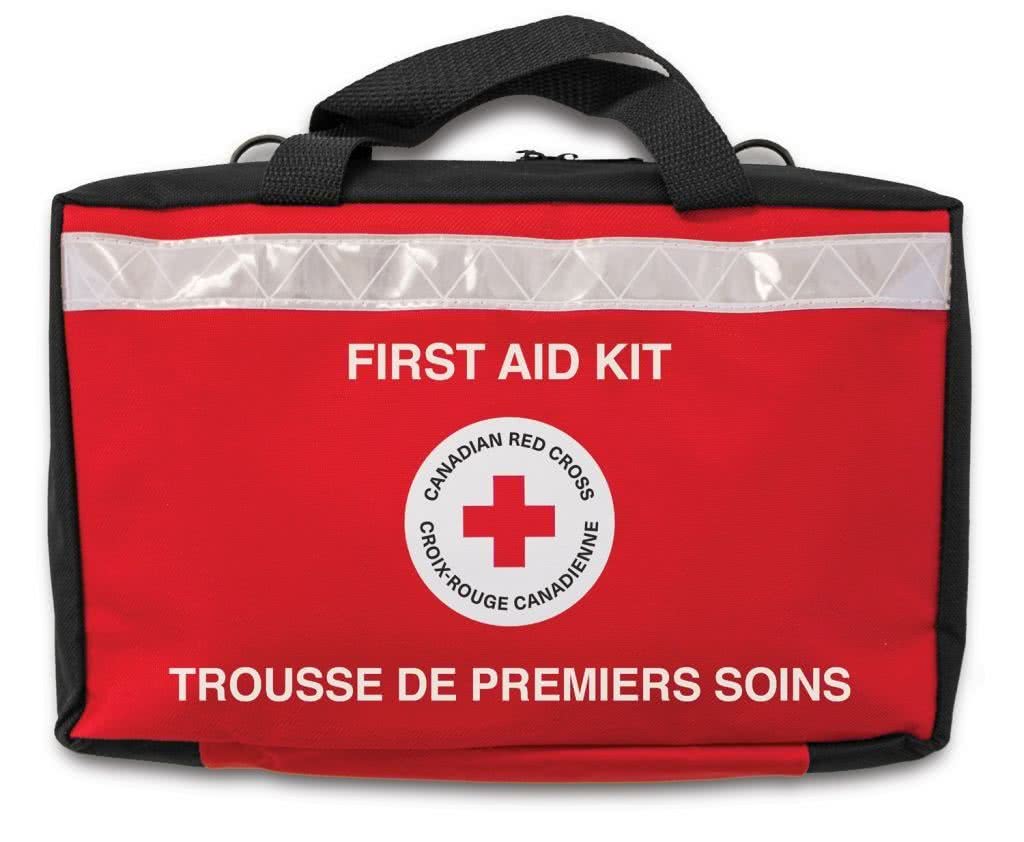Hacks to Handle Deadly Bleeds Without A First-Aid Kit
In a perfect world, absolutely everyone would have a first-aid kit. There would be first-aid kits in every house, in every car, and in every workplace. Unfortunately, we don’t live in a perfect world, and sometimes we need to improvise when faced with something like life-threatening bleeding.
Life-threatening bleeding refers to a situation where large amounts of blood loss occur either externally (outside the body) or internally (within the body). Life-threatening bleeding can occur whenever one or more of the body’s blood vessels are broken. It must be controlled immediately.
What to Look For
Deadly, or life-threatening, external bleeding looks exactly how you’d expect – you’ll see A LOT of blood. This blood might be spurting (arterial) or flowing freely (venous), and might fail to clot after you have taken all the measures you can to control the bleeding.
What to Do
If you suspect that someone has life-threatening external bleeding, call EMS/9-1-1 and get an AED and first-aid kit. Then, you follow these steps:
- Expose the wound.
- Apply firm and direct pressure to the wound.
- While maintaining direct pressure, apply a dressing and bandage, and then secure them in place.
- Reassess the wound to see if the pressure has stopped the bleeding. If not, consider using a tourniquet if the wound is on a limb.
Ideally, you have access to a first-aid kit and all the sterile dressings and bandages that come along with it. But what if you don’t have a first-aid kit handy?
What You Can Use If You Don’t Have a First-Aid Kit
Normally, your skin provides a pretty good barrier to bacteria and infection. But when you have a gaping wound, there is now a big wide-open gate inviting all sorts of bacteria inside. That’s why dressings are sterile – to keep your defenseless self clean and free of bacteria even when your skin is compromised. So if you don’t have a first aid kit, what else can you use that is clean and absorbent?
- Diapers: Disposable diapers are made to be really clean and really absorbent! If you have any of these around and no first-aid kit, use them! If you’re in a public place and no one is able to bring you a first-aid kit, yell for a diaper. There are lots of parents who carry diapers with them wherever they go.
- Sanitary Pads/Tampons: These are also made to be clean and absorbent. Again, if you don’t have any yourself, chances are there is someone nearby who does. Ask!
If you have access to the above two things, you should be able to handle most bleeds effectively and safely! If you don’t, and the threat of bleeding is higher than the threat of infection, you can use the following items:
- Clean clothing: While this shouldn’t be your first choice, it will do in a pinch. Turn any clothing inside out to try and put the cleanest part directly on the wound. Scarves, sweaters and shirts are all options. Please no socks! Even if you turn them inside out, they are always dirty.
- Tea Towels: Grab the cleanest, threaded cotton tea towels from your kitchen, and unfold them so that again, the cleanest part is touching the wound. You want to avoid fuzzy tea towels, as they have a higher surface area and are more prone to both harbor bacteria and stick to the wound as it heals.
- Pillow Cases: Use your clean, super high thread count pillow cases, turned inside out.
If you don’t have access to lots of clean, absorbent options, put your cleanest available dressing directly on the wound, and the less-clean (but hopefully still not dirty) ones on top if necessary to add absorption.
Obviously, your first choice should always be to use a clean and sterile dressing from your first-aid kit. We recommend the Canadian Red Cross Emergency Deluxe First-Aid Kit in your house, car and workplace to treat most major and minor wounds, but in case something happens before you get yourself prepared, at least now you have some back-up options. For more information on treating wounds, please check out the Canadian Red Cross Comprehensive Guide for First Aid & CPR.




Leave a Reply
Want to join the discussion?Feel free to contribute!